Wildlife, fossils and extraordinary scenery Karoo National Park
Karoo – Western Cape - South Africa
Discover Ancient history in the Karoo, South Africa’s largest ecosystem
Is the Karoo National Park a safari destination?
Arriving at Karoo National Park one would be forgiven (almost) if you thought the park had nothing to offer. Although there are wild animals it is not exactly a popular safari destination because of the misconception that there are no large animals. It certainly is not teeming with elephants or giraffe, in fact there are none, because these larger mammals would not survive in this arid landscape which might make it less fascinating for some.
Nuweveld Mountain range - the Great Escarpment
Endless sand, rock and dry sticklike bushes loafing around the Nuweberg Escarpment might also look like uninteresting landscape. Do yourself a favour, do not bypass this harsh but fragile part of the Karoo. Take a closer look.
The national park was established in 1979 to preserve at least a small portion of the Nama Karoo Biome. Until recently it was only used as a convenient overnight stop because it is situated inland between Cape Town and Bloemfontein or Johannesburg.
Here one can step back into time a couple of hundred years ago when migrating farmers arrived from the Cape Colony. One can even go back further, thousands of years, in fact millions of years ago, way before the first dinosaurs.
Fossil - Diictodon skeleton
Once you have set foot in the Karoo National Park you begin to appreciate the harsh climate and arid terrain the people and the animals have endured. You might even find the scenery grows on you.
Fauna of the Karoo
There are regular sightings of red hartebeest, gemsbok (or Oryx), springbok, eland, kudu, klipspringer, ostriches and zebra. There are two types of zebras – the common Burchell's Zebra and the rare endemic Cape Mountain Zebra.
Although often very evasive, it is an even greater delight when you see the smaller species such as the bat-eared fox, the Cape Fox, suricate, caracal, black-backed jackal, aardwolf and aardvark. Here’s a comprehensive list of the mammals found at Karoo National Park on the SanParks website.
Bat-eared fox
Flora
Drought is a common occurrence in the Karoo. As a result the shrubs and perennials commonly known as Karoo ‘bossies’ which covers a broad spectrum of vegetation have to survive in this unforgiving climate. The sharp contrast of blistering sun and icy winters add to its bleakness.
Petrified plant
There are two biomes within the Karoo National Park, the larger Nama Karoo section and a smaller portion of grassland.
The vegetation within these regions consists of succulent dwarf shrubs, grassy dwarf shrubs, grasses and riparian thickets. Only upon closer inspection will you see distinctive variations of these remarkable plants.
Nuweveld Mountains
The mountains embracing the Karoo National Park are called the Nuweveld Mountains. 100 million years ago it formed the central and most arid edge of the southern Great Escarpment in South Africa. It stretches for more than two hundred kilometres.
Sedimentary, igneous as well as metamorphic rocks that contrast greatly in age can be seen in the mountains and layers of white limestone called calcrete forming in the soil historically indicate that the climate was semi-arid and highly seasonal, much like the modern Karoo.
History of the Hyaena Trap or Wolwehok
During the eighteenth century amongst a lawless society everyone was battling to survive. Vagabonds and runaway slaves plundered stock farms from the trekboers or migrating farmers. The farmers were also in fierce competition for scarce water sources with the Xhosas that wanted water for their cattle. Scattered throughout the Karoo the supposed hostile San or bushmen with their poisonous bows and arrows were also fighting for survival.
But that was not all. Livestock was being hunted and savaged by predators such as brown hyaena, jackal and leopard and early farmers were losing stock at a rapid rate. How could they counteract that?
A primitive but clever stone structure, the hyaena or wolf trap was used to lure the predators. These traps are now of architectural and cultural significance.
How did they work? Bait was secured to a pin at the back of the trap. A rope made of rawhide, smeared with animal fat was attached to the bait as well as a pin on the trapdoor. When the predator tugged at the bait, the rope would tighten and would release the door. This would trap the animal inside. They could then kill the beast by means of a rifle or assegai through a small opening. These traps were essential in historic times but unfortunately contributed to the extinction of the brown hyaena in the Karoo.
Conservation in the Karoo
Although the Karoo National Park was only opened around 1980 it has its origins as far back as the 1950’s. A local farmer by the name of William Quinton promoted the idea of a conservation area near Beaufort West. To comprehend the necessity fully think back to the times when the Karoo was home to millions of plains game or wildlife. Vast herds of springbok migrated and passed through this area of the Karoo.
Today one cannot imagine the mystifying sight of a herd of antelope approaching you like a tsunami, that would take a man on horseback over four hours to ride through. These days we’re lucky to see a paltry few, unless of course you visit the Kgalagadi. There you will see bigger herds, but still nothing like it was a few hundred years ago.
“She still could not believe that what she saw was true. It was still a dream.
She had heard…that the springbok trekked sometimes from the north. But she had never believed it could be like this.
There were thousands of them, hundreds of thousands.
As far as the distant hills the veld was white with slowly moving buck; the world was blanketed with them.
”
Did you know:
Karoo National Park holds one of South Africa’s most evasive escape artists? Sylvester the lion became famous in 2015 when he eluded a search for 24 days after he escaped from the park. The search party included expert trackers on foot, an aeroplane and a gyrocopter as well as various vehicles, SA police, farmers and 5 tracking dogs. They (or rather he) covered an area of 350 km and as a result he was nicknamed Spook, which means ghost.
After devouring 28 sheep, a Nguni cow and a kudu he was finally caught and collared with a satellite tracker. In 2016 he escaped again but fortunately the collar alerted rangers and he was recaptured after 3 days. Because it seemed that he was unhappy in his Karoo abode, they relocated him to Kuzuko Lodge in the Eastern Cape. He obviously prefers its 5-star opulence where he has basked in lavish luxury and produced a few offspring.
Kudu mother and her calf drinking
Accommodation at Karoo National Park:
The main rest camp has accommodation as well as a small campsite. There are Cape Dutch style family cottages and chalets and there is a restaurant on site. The Rest Camp was recently fenced-in with the re-introduction of lion into the reserve.
Campsite
Where is Karoo National Park
The park is situated just outside Beaufort West in the Western Cape, just off the N1 between Cape Town and Johannesburg.
Map
What to do:
Karoo National Park has a variety of experiences to offer.
Absorb ancient history at the Fossil Trail in the main rest camp. We took the short walk, through displays of fossils and petrified wood and allowed our minds to wander back in time, about 35 million years before the first dinosaurs. Many years later, around the 1820’s fossilised bones and teeth of the first vertebrates of the Great Karoo were found near Beaufort West.
Bradysaurus fossil
Bradysaurus pachyderm fossil
Four 4x4 Eco Trails will take you through remote and rugged landscape of the Karoo. On one of the routes there is an old shepherd’s hut only accessible by 4x4 that provides secluded, rustic, off the grid accommodation called Afsaal cottage. You can spend two nights there but it must be booked in advance.
Afsaal 4x4 Eco Trail
Look for wildlife on a self-drive safari on 60 km of scenic routes including Klipspringer Pass. There are numerous viewpoints where you can exit your vehicle and admire the vistas.
Klipspringer Pass
Spot a tortoise amongst the numerous rocks. I was fortunate to spot one. Paul could not believe when I told him to stop and reverse to make sure. Trust me, they blend in well. I know they are slow, but this one barely moved if it all. The following day he was in the same spot and we wondered if it was still alive. Then it twitched, lifted its head and it made its way cumbersomely over the rocks.
Can you see the tortoise?
Visit the Interpretive Centre that will provide you with history of the area before it was declared a national park.
Oxwagon
Water wheel
Old Oven
Stroll on the Bossie Trail in the main rest camp, for just under 1km and take a closer look at the dwarfed hardy plants of the Karoo. We were there in May when it was dry. I wonder what it looks like a couple of weeks after rains.
Enjoy a picnic at one of the designated sites. After driving around for a while, it is great to get out your vehicle and stretch your legs. Pack a picnic basket and flask to enjoy at one of the popular enclosed picnic sites. Do look carefully though before you exit your vehicle. We found lion spoor at the gate of the fence.
Have you ever wondered what a zebra sounds like? Take a look at this short video clip. These two were having a long chat and I managed to capture them for a short while. Be sure to turn your sound up.
Hot tips:
When driving, make sure you take liquid to drink such as water, especially in summer as well as snacks. Some of the loops can take a few hours to drive.
Fuel is only available at the closest town which is Beaufort West.
There is a typical SanParks shop on site at the main rest camp selling curios and a few basic foodstuffs. There is a restaurant as well and bookings have to be made ahead of time.
It is worth having a good pair of binoculars and of course a camera.
Light clothing is essential for summer and warm jackets for winter. The days can be deceptively warm but as soon as the sun sets it can become chilly.
The Karoo National Park is worthy of more than just an overnight stop. In the dark of night, look up to the stars and you will find yet another reason why it is worth visiting, so much so that you would want to experience it for another night.
Related Blog post quick link:
Pin on Pinterest for later
Pinterest Pin
Click on Pinterest button to save for later
Find Roaming Fox on Social Media
ABOUT THE AUTHOR
ALMA VAN AS | ROAMING FOX
Alma is a South African travel blogger and writer. She hopes to inspire you with facts and fables about her adventures, road trips and international travel.
Due to the Covid-19 pandemic there may be some activities that are not available so please check ahead of time to avoid disappointment.
Booking Accommodation
If this article inspires you to travel it would be greatly appreciated if you book your accommodation via the links on this page. Alternatively take a look at my shop page. When you book it will earn us a small commission at no extra cost to you. This will also assist in keeping the Roaming Fox website running.
As always, I appreciate your support. Thanks! – Alma aka Roaming Fox.





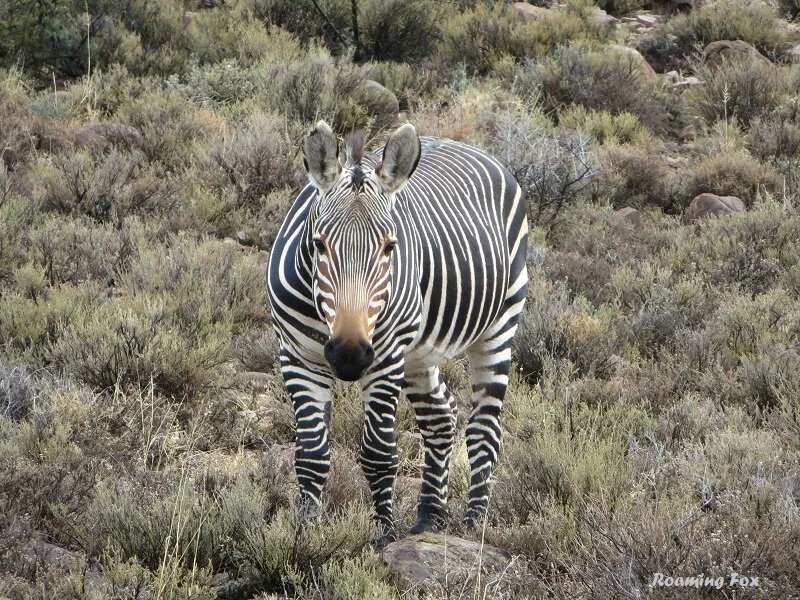


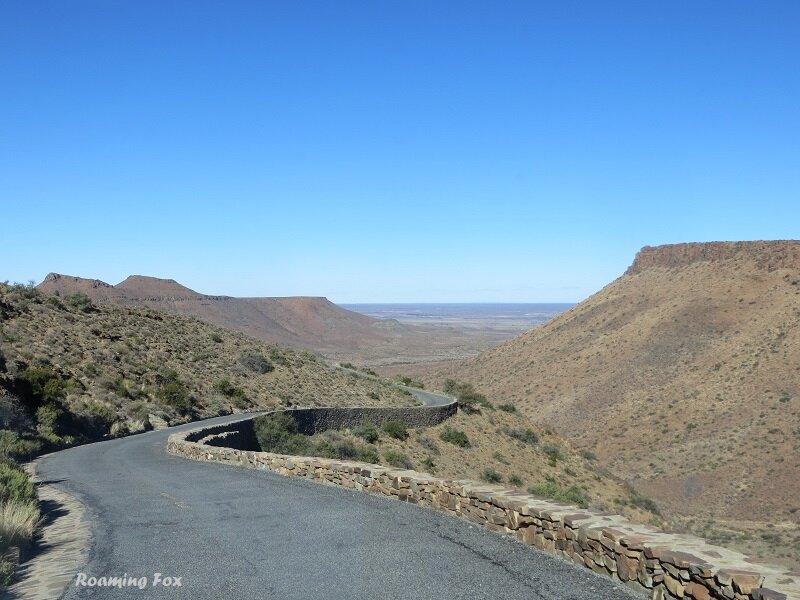

























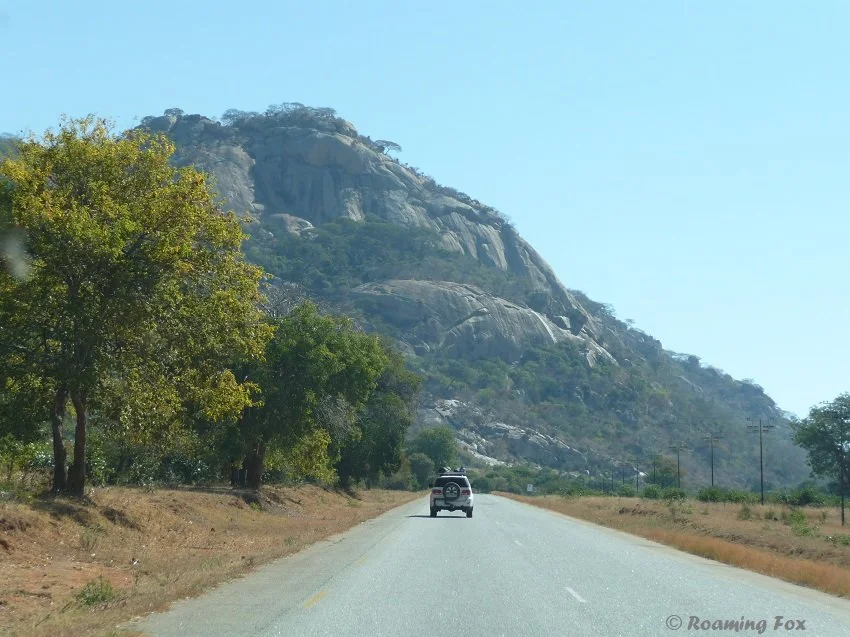


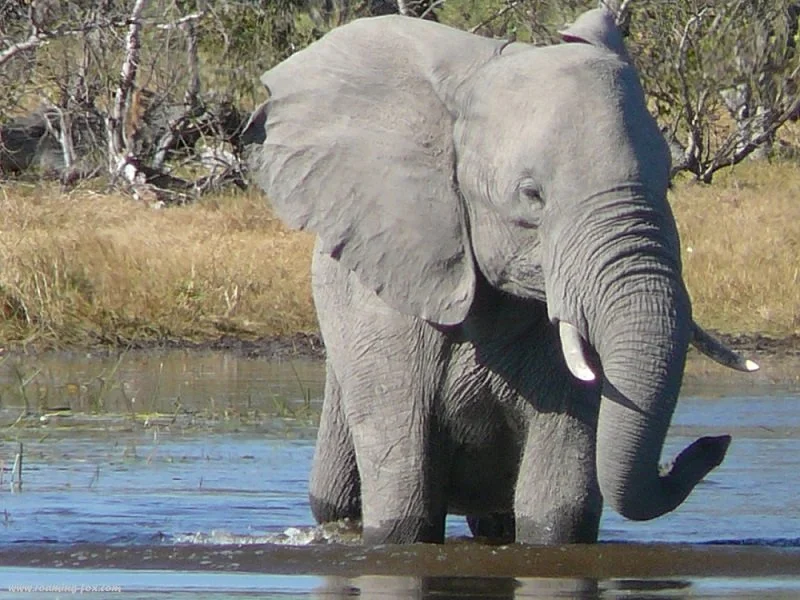




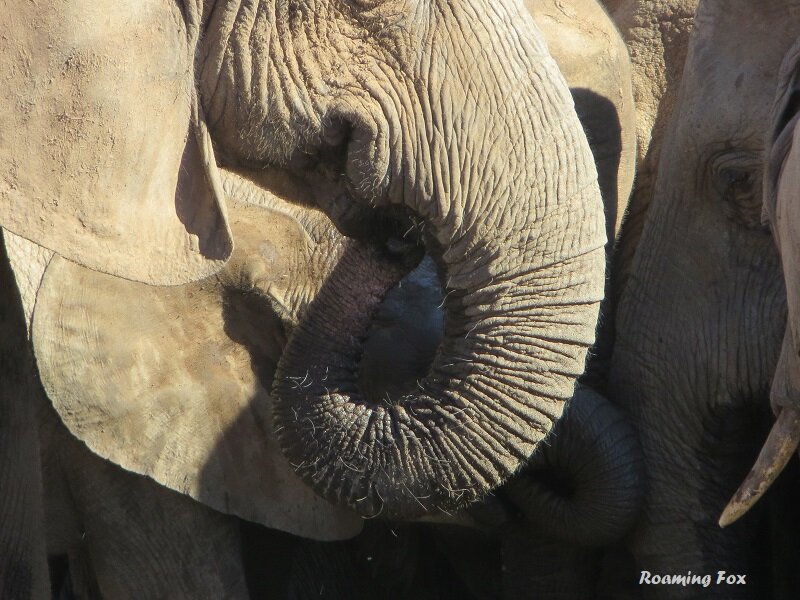

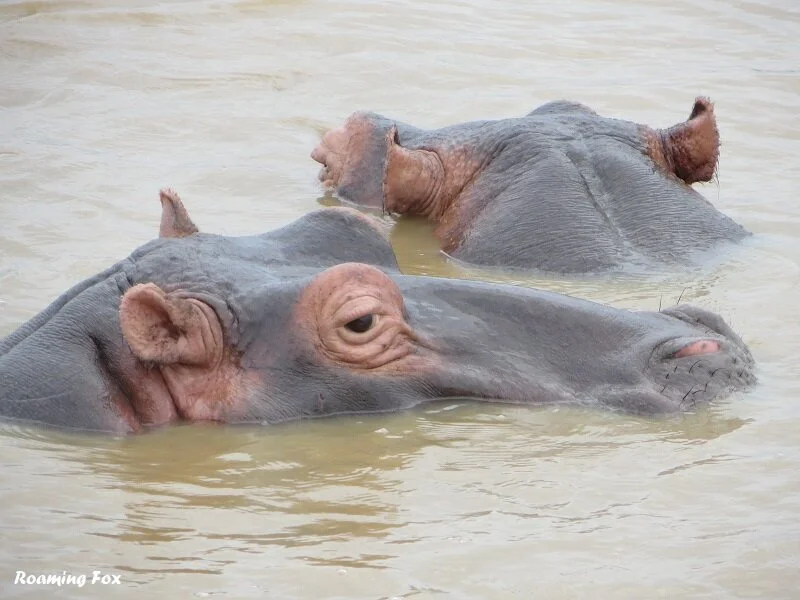



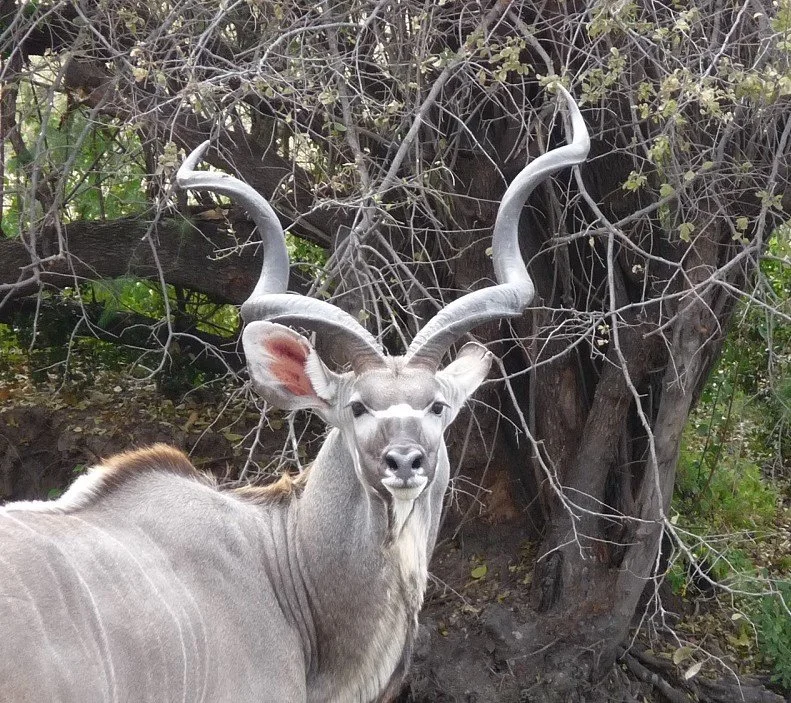
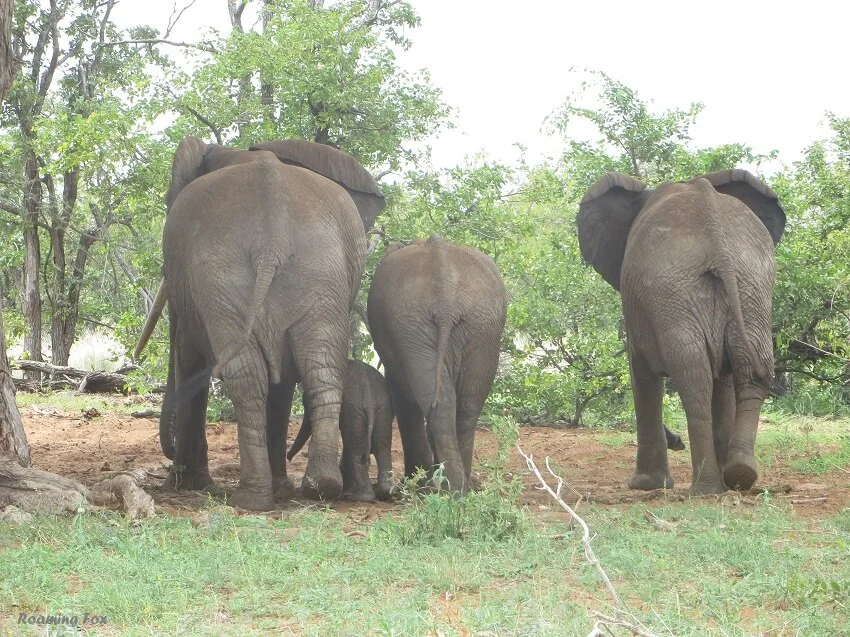
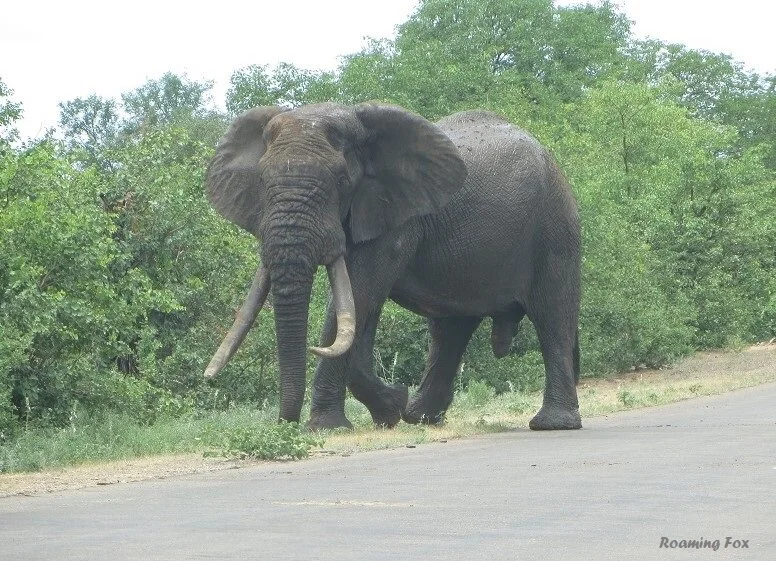




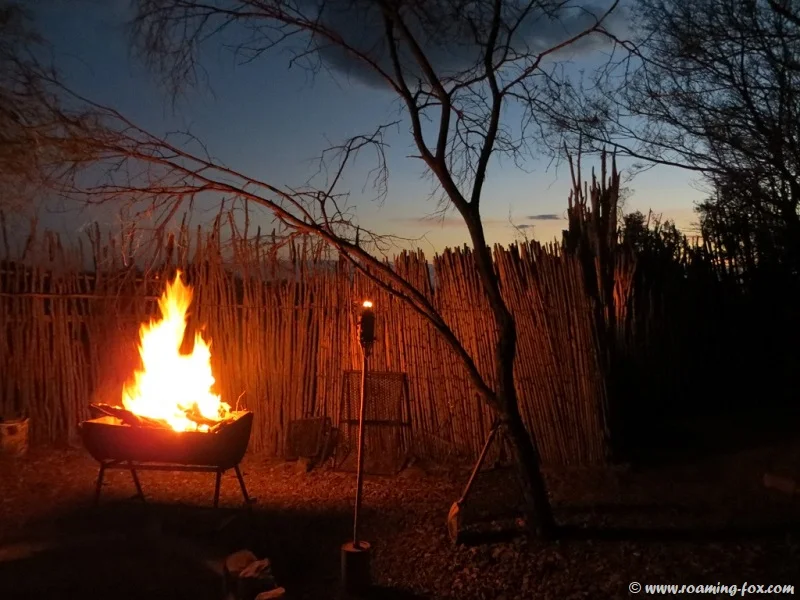
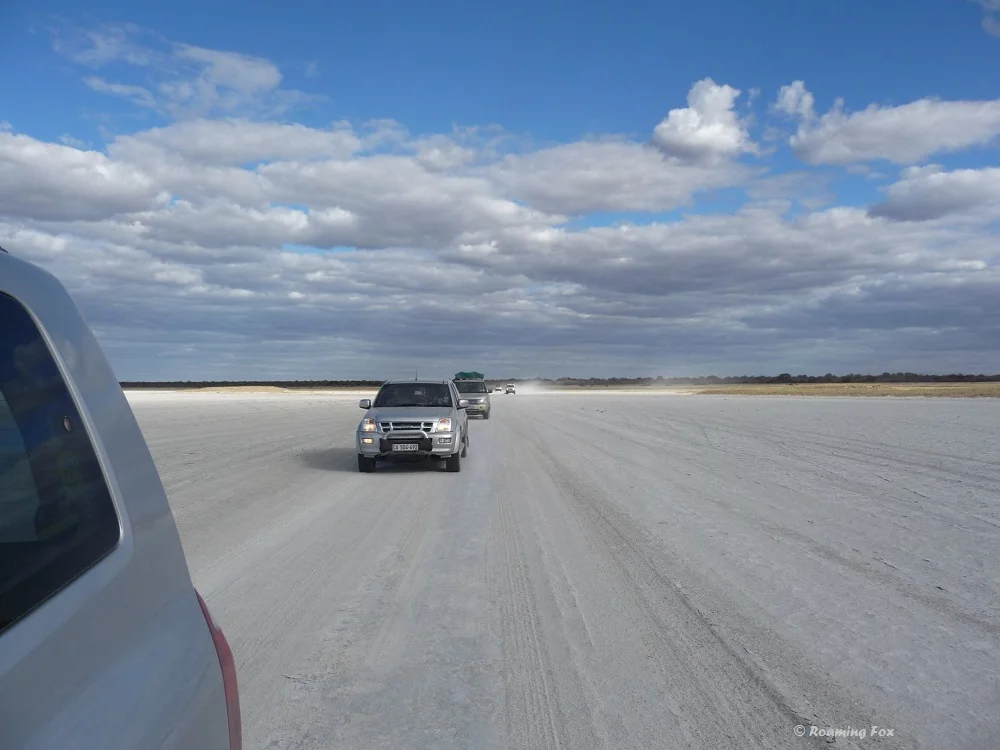
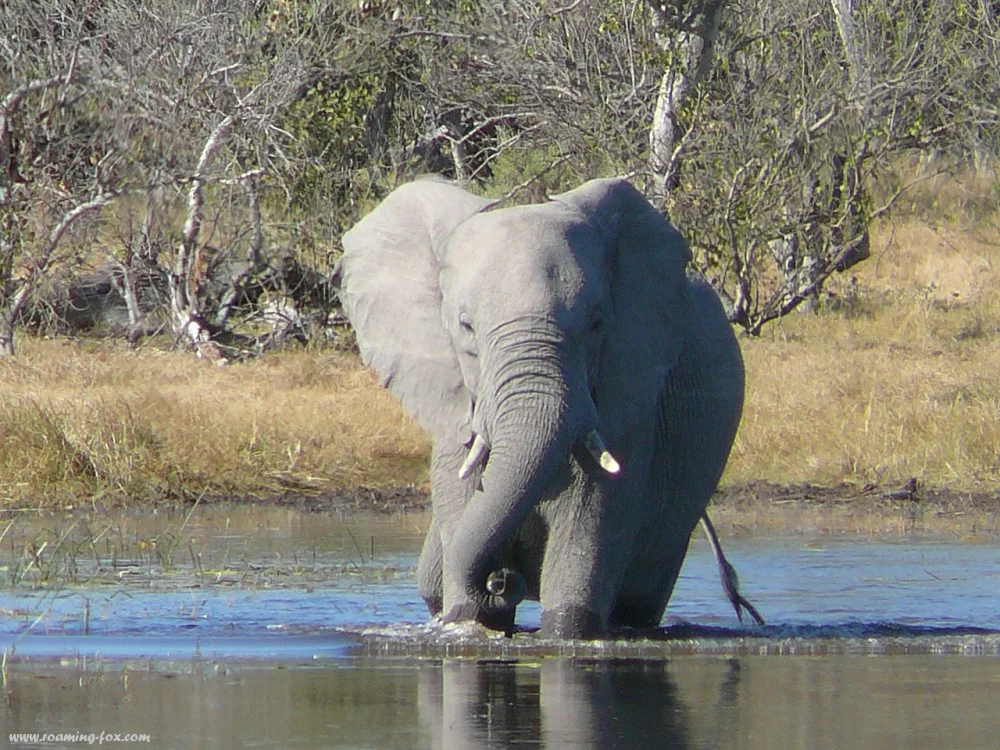



Add some of our best experiences to your South African bucket list.